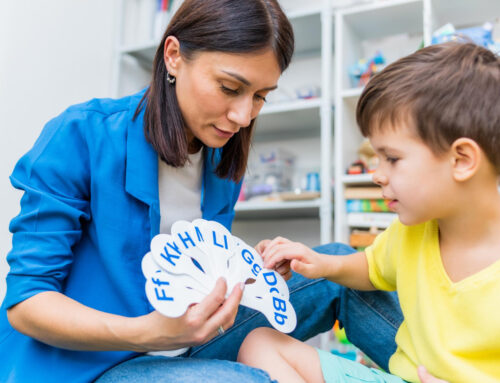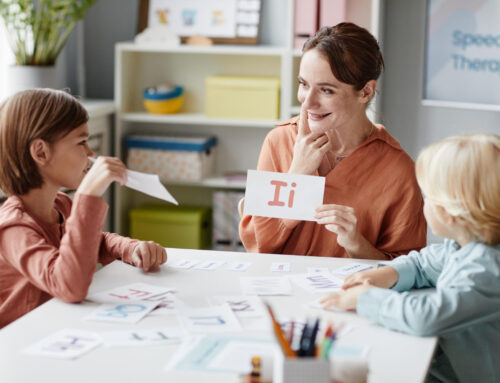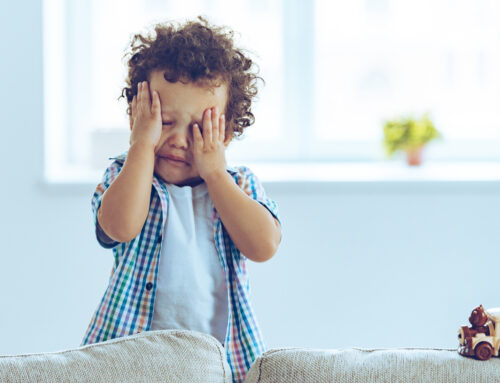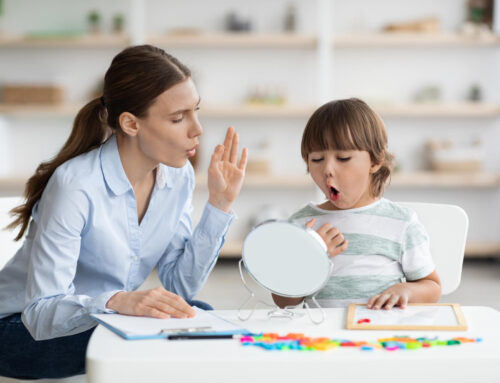-
- For parents of children with neurodiverse, you are probably already familiar with the concept of deep pressure activities from a sensory integration standpoint. Some children with neurodiverse seem to crave that pressure stimulation, and the results are immediate and calming for their entire body. Why does this work and are deep pressure activities something that other children can benefit from?Deep pressure techniques or activities are based on the sensory integration theory developed by Dr. Jean Ayres in the 1960’s, and the activities are widely used and apply by occupational therapists. Deep pressure, according to Krauss (1987), is defined as “the sensation produced when an individual is hugged, squeezed, stroked, or held”. Deep pressure activities are often used in a therapy setting in order to alleviate stress, anxiety, over stimulation, and low stimulation. Carefully tailored sensory diets can be purposefully laced with deep pressure activities by a certified SI occupational therapist in order to assist children with very complex conditions.Children outside of the neurodiverse spectrum can also benefit from less formal deep pressure activities such as regular hugs, pillow squeezes, weighted blankets, wrestling with siblings, etc. Every child is susceptible to stress, anxiety, and over-stimulation. Sensory integration is a constant process for everyone and not just children on the neurodiverse spectrum. For parents who are at a loss for how to manage their children while they are bouncing off of the walls or while they are experiencing a relentless melt down, deep pressure activities might be the way to go.
Try some of the following methods. Keep in mind that deep pressure activities can be dangerous if not used correctly. Avoid covering your child’s mouth and nose and avoid squeezing their chest or stomach too hard. If you decide to wrestle with your child or squish them with a large pillow, never put your full body weight on top of your child:
Daily hugs: Some families might be surprised to hear this, but there are many people and families who do not practice regularly hugging children. According to the American College of Pediatricians (2018), hugging your child provides multiple health benefits. Hugs are shown to reduce your child’ stress and anxiety levels, increase their immune system, and enhance their relationship with their parents or whoever is hugging them (https://www.acpeds.org/do-you-hug-your-child-enough).
Pillow squeezes: Grab a few pillows off of your bed and have your child climb into the pile. Gently push the pillows into their body without placing your full weight onto your child. This produces similar effects that hugs would, but may provide a fuller long-lasting deep pressure. This is a good go-to activity for a child who craves or asks for hugs constantly.
Weighted blankets: Blankets with sand or other material inserts have become more increasingly available to parents as neurodiverse awareness has grown in recent years. Parents have also found ways to make their own weighted blankets for a fraction of the cost of sensory-related blankets. Additionally, there are weighted jackets and vests available in kid sizes that produce similar calming effects. Having the extra weight provides enough deep pressure to calm the child’s body, especially during times in which their over-stimulated and show signs of increasing anxiety or stress.
Blanket Burritos: Roll your child up in a blanket to provide that deep pressure sensation. Monitor and supervise your child, especially if they are too small to figure out how to get out of the blanket by themselves. Again, avoid covering their face to allow for them to breathe properly.
Massages: Massages aren’t just reserved for adults. Gentle rubbing of muscles and joints can be very soothing for a child as well. This would be a useful technique for a child who doesn’t mind holding still for a few minutes to enjoy a massage from a parent or a caregiver.
The therapy world is still heavily researching the benefits behind deep pressure activities and why they work for children. If your child has abnormally difficult behaviors that indicate certain diagnoses (i.e. neurodiverse, ADHD, Down syndrome, etc.), consult with an occupational therapist and/or a pediatrician prior to starting regular deep pressure activities. Your child’s symptoms may either stagnate or worsen with casually applied deep pressure techniques.
References:
K. E. Krauss, “The effects of deep pressure touch on anxiety,” The American Journal of Occupational Therapy, vol. 41, no. 6, pp. 366–373, 1987
- For parents of children with neurodiverse, you are probably already familiar with the concept of deep pressure activities from a sensory integration standpoint. Some children with neurodiverse seem to crave that pressure stimulation, and the results are immediate and calming for their entire body. Why does this work and are deep pressure activities something that other children can benefit from?Deep pressure techniques or activities are based on the sensory integration theory developed by Dr. Jean Ayres in the 1960’s, and the activities are widely used and apply by occupational therapists. Deep pressure, according to Krauss (1987), is defined as “the sensation produced when an individual is hugged, squeezed, stroked, or held”. Deep pressure activities are often used in a therapy setting in order to alleviate stress, anxiety, over stimulation, and low stimulation. Carefully tailored sensory diets can be purposefully laced with deep pressure activities by a certified SI occupational therapist in order to assist children with very complex conditions.Children outside of the neurodiverse spectrum can also benefit from less formal deep pressure activities such as regular hugs, pillow squeezes, weighted blankets, wrestling with siblings, etc. Every child is susceptible to stress, anxiety, and over-stimulation. Sensory integration is a constant process for everyone and not just children on the neurodiverse spectrum. For parents who are at a loss for how to manage their children while they are bouncing off of the walls or while they are experiencing a relentless melt down, deep pressure activities might be the way to go.





